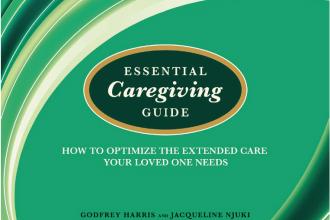Statistics Canada report on caregivers
In 2012 about 8.1 million individuals (28% of Canadians aged 15 years and older) provided care to a family member or friend with a long-term health condition, disability, or health care needs related to aging. Data from the 2012 General Social Survey show that women represented the slight majority of caregivers at 54%. The survey also found that caregiving responsibilities most often fell to those aged 45 to 64, with 44% of caregivers in this age category.
Caregivers’ parents were the most common recipients of care, with 39% of caregivers looking after the needs of their own parents and another 9% doing so for their parents-in-law. The least common were spouses, at 8%, and children, at 5%.
The survey also looked at the types of health conditions requiring care. Age-related needs topped the list, with 28% of caregivers providing care for these needs. Cancer was next at 11%, followed by cardiovascular di-sease at 9%, and mental illness at 7%.
The most common type of assistance provided was transportation, with 73% of all caregivers providing transportation for the purpose of shopping or attending medical appointments. The next most frequent types of activities were house cleaning and meal preparation at 51%, followed by house maintenance and outdoor work at 45%. Tasks like medical treatments and personal care, such as help with bathing and dressing, were provided by fewer than 1 in 4 caregivers. However, two-thirds of those who performed these activities did so at least once a week.
Overall, caregivers typically spent 3 hours per week caring for an ill or disabled family member or friend; however, this amount varied depending on the relationship between the caregiver and care receiver.
The full report can be viewed at www.statcan.gc.ca/daily-quotidien/130910/dq130910a-eng.pdf.

